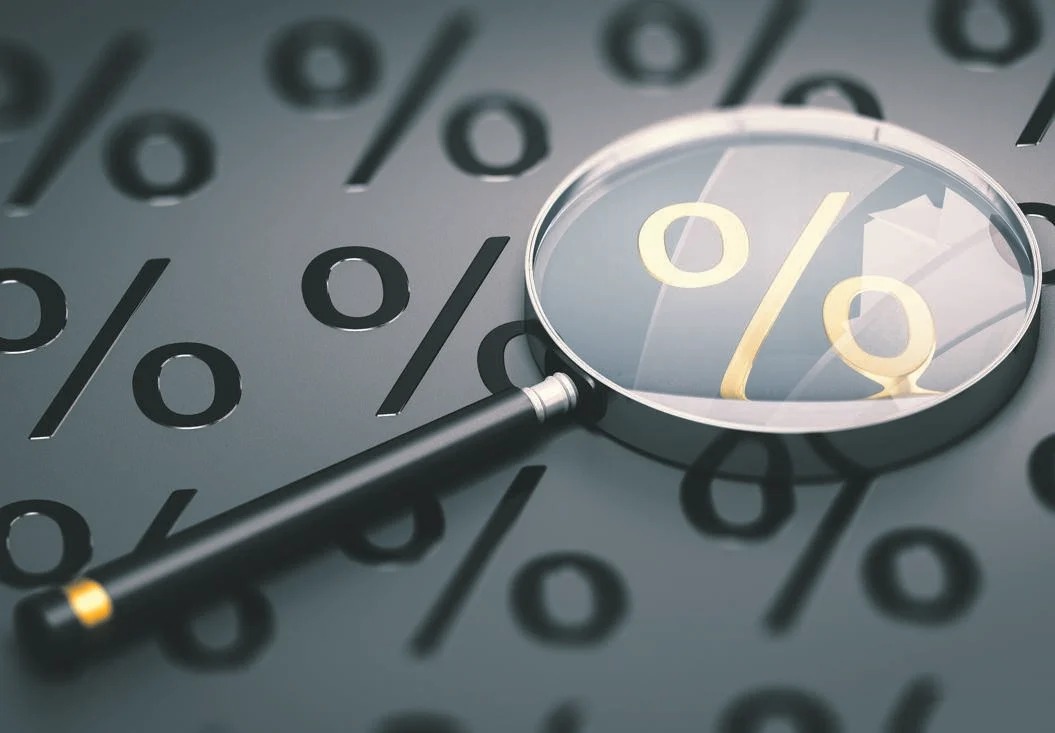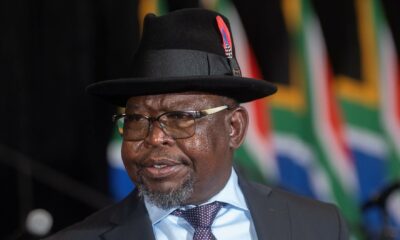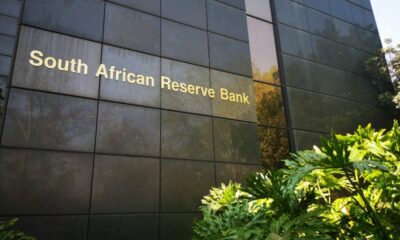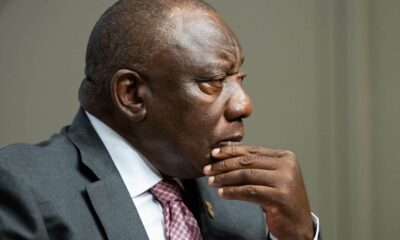Business
South Africa Awaits SARB’s Next Move: Will Interest Rates Hold or Drop Again?

A nation on watch
South Africans will be tuning in next week as the Reserve Bank’s Monetary Policy Committee meets for its second-last gathering of the year. On Thursday, 18 September, at 15:00, Governor Lesetja Kganyago will reveal whether the repo rate stays at 7% or drops by another quarter of a percent.
The stakes are high. Since September 2024, the bank has already cut rates by 125 basis points, easing the repo from 8.25% to 7.00% and trimming the prime lending rate from 11.75% to 10.50%. These moves have offered some relief for households and businesses, yet uncertainty about inflation and global economic pressures now complicates the picture.
Inflation: the stubborn guest at the table
While inflation cooled impressively earlier this year, dipping below the bank’s 4.5% target midpoint, the reprieve has been short-lived. Electricity hikes, food prices, and other consumer costs have pushed inflation back up, raising red flags for economists.
Nedbank predicts inflation will drift higher, possibly towards 4.5% in 2026, before sliding back to around 3% by 2027. This makes cutting rates now a risky move if the SARB intends to keep inflation anchored at the lower end of its target.
Divided economists, divided expectations
Nedbank and Absa lean towards caution, expecting the bank to keep rates steady in September. Their reasoning: while growth remains weak and there is no demand-driven pressure on prices, food and electricity still pose the greatest risks.
On the other hand, Investec’s chief economist, Annabel Bishop, sees room for another cut, possibly in line with the US Federal Reserve’s expected moves. If the Fed slashes rates by 75 basis points in the coming months, South Africa could follow with a 25 bp cut, either in September or in the final November meeting.
Why the US matters for SA wallets
The SARB doesn’t mirror the Fed’s actions, but the interest rate gap between South Africa and the US is critical for the rand’s stability. Cut too much, and the rand could weaken sharply. Cut too little, and indebted households may feel more strain than necessary.
Financial markets have already priced in at least one more 25 bp cut by year-end, leaving South Africans in suspense over whether the reprieve will come now or be delayed until November.
What it means for households
For many families juggling bond repayments, car finance, and credit card debt, the difference between 7.00% and 6.75% is tangible. A cut would free up some breathing space, though rising grocery bills and looming Eskom increases may cancel out those gains.
For small businesses, especially in Gauteng, every fraction of a percent in lending rates affects survival in a weak growth climate. That is why the MPC’s decision has sparked widespread public debate, with South Africans taking to social media to ask whether relief is coming or whether the central bank will hold firm.
The road ahead
One thing is clear: even if a cut is announced this month, economists do not expect meaningful rate reductions until 2027. By then, inflation is expected to settle closer to the 3% mark, creating the room for deeper cuts.
Until then, households and businesses will need to manage within tight margins. All eyes now turn to Pretoria on 18 September, when the Reserve Bank signals its hand and sets the tone for the rest of the year.
Also read: Bootlegger Coffee Takes to the Skies with FlySafair Partnership
Follow Joburg ETC on Facebook, Twitter, TikT
For more News in Johannesburg, visit joburgetc.com
Source: Business Tech
Featured Image: News24



























